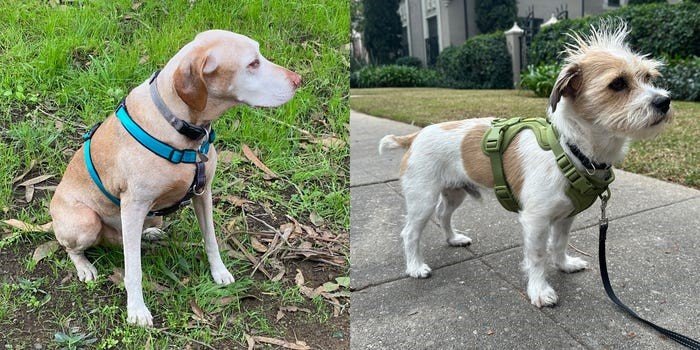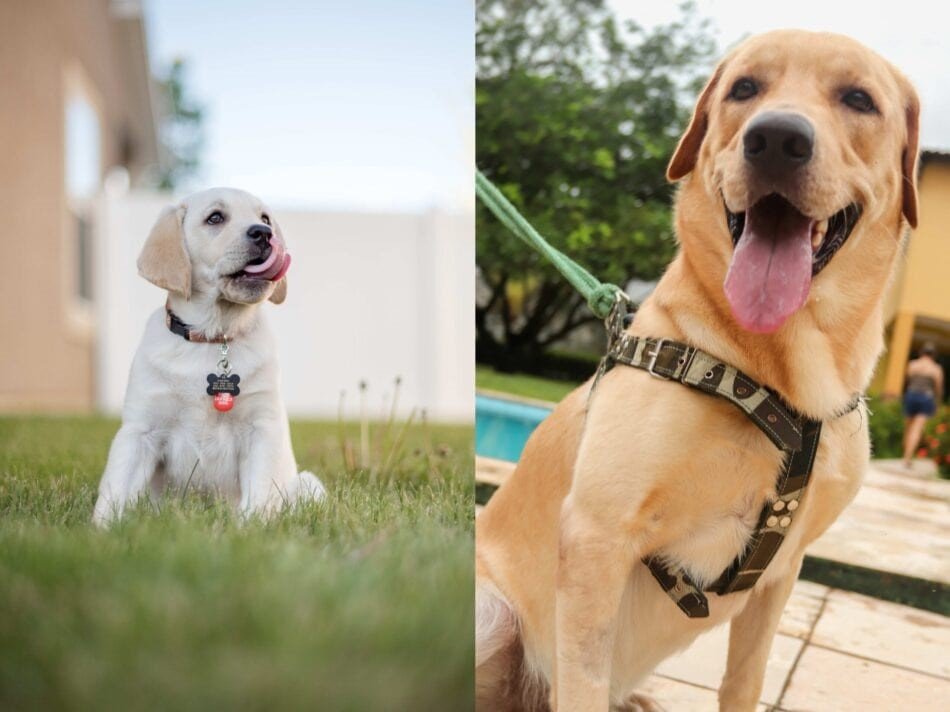How to Choose the Right Collar or Harness for Your Dog
Choosing the right collar or harness for your dog is a crucial decision that impacts both safety and comfort. A properly fitted restraint ensures better control during walks while preventing potential injuries or discomfort for your furry friend.
Understanding Different Types of Dog Collars
Traditional flat collars remain the most common choice for everyday use. These collars distribute pressure evenly around the neck and typically feature a buckle or quick-release closure. They are ideal for dogs that walk well on a leash and provide a convenient place to attach identification tags.
Martingale collars, also known as limited-slip collars, offer a gentler alternative to traditional choke collars. These collars tighten slightly when pulled but have a built-in stopping point to prevent over-constriction. They are particularly beneficial for dogs with narrow heads, like Greyhounds or Whippets.
Training collars, including prong and electronic varieties, should only be used under professional guidance. While these tools can be effective for specific training purposes, improper use may cause physical or psychological harm to your pet.
Harness Options and Their Benefits
Front-clip harnesses provide excellent control for dogs that tend to pull during walks. The leash attachment point at the chest helps redirect your dog's forward momentum, making it easier to manage strong or energetic pets.
Back-clip harnesses distribute pressure across the chest and shoulders rather than the neck. This design proves particularly beneficial for small breeds, dogs with respiratory issues, or those with neck injuries. The positioning also makes them comfortable for extended wear.
Step-in harnesses offer a practical solution for dogs that dislike having items pulled over their heads. These harnesses typically feature a Y-shaped design that dogs can easily step into, reducing stress during the fitting process.
Size and Fit Considerations

|
Dog Size |
Collar Width |
Harness Type |
|
Small (<20 lbs) |
3/8" - 5/8" |
Lightweight |
|
Medium (20-50 lbs) |
5/8" - 1" |
Standard |
|
Large (50+ lbs) |
1" - 1.5" |
Heavy-duty |
Proper measurement is essential for both collars and harnesses. For collars, measure around your dog's neck where the collar sits, allowing for two fingers' width of space. For harnesses, measure the chest girth, neck circumference, and length from chest to back.
Regular fit checks help ensure continued comfort and safety. As puppies grow or adult dogs gain or lose weight, adjustments may be necessary. Check for signs of rubbing, chafing, or restricted movement.
Material Selection and Durability
Nylon remains a popular choice for both collars and harnesses due to its durability and water resistance. This material comes in various strengths and thicknesses, making it suitable for dogs of all sizes.
Leather offers a classic, durable option that often becomes more comfortable with use. While initially more expensive, quality leather products can last for years with proper care and maintenance.
Mesh materials provide breathability and comfort, especially in warm climates. However, they may not offer sufficient strength for larger dogs or persistent pullers.
Special Considerations for Different Activities
For everyday walks and basic training, standard collars or harnesses usually suffice. Consider your typical walking environment and your dog's behavior patterns when making a selection.
Active dogs participating in sports or outdoor adventures may benefit from specialized equipment. Look for reflective materials, waterproof construction, and reinforced attachment points.
Service dogs and working breeds often require specific gear designed for their tasks. These specialized tools often incorporate additional features for control and visibility.
Which type of collar or harness is best for a puppy with a delicate neck?

Harness as the Recommended Option
A harness is generally the safest and most comfortable option for puppies with delicate necks. It helps distribute pressure across the body rather than concentrating it on sensitive neck areas, preventing potential injuries to the throat and spine.
Specific Harness Recommendations
The best type of harness for a puppy with a delicate neck is a Y-shaped harness with a back clip. This design offers several benefits:
- Provides maximum mobility for puppy's shoulders
- Helps maintain proper body alignment
- Ensures even distribution of pressure across the chest and body
Important Considerations
When selecting a harness for your puppy, keep these factors in mind:
- Ensure proper fit by allowing one finger's width between the harness and your puppy's body for small breeds
- Check the fit regularly as your puppy grows
- Look for non-constricting designs with adjustable straps
- Choose breathable, comfortable materials
What to Avoid?
Several restraint options should be avoided for puppies with delicate necks:
- Choke collars or chains
- Prong/pinch collars
- Front-clip harnesses for puppies under 1 year (can cause misalignment).
Medical Considerations
A harness is particularly important if your puppy:
- Belongs to a toy or small breed
- Has respiratory issues
- Is prone to tracheal collapse
- Has a breed-specific neck structure that requires extra protection
Remember that proper fit and regular adjustments are crucial for your puppy's comfort and safety during growth periods.
Frequently Asked Questions
How often should I replace my dog's collar or harness?
Replace equipment annually or sooner if showing signs of wear, damage, or poor fit.
Can I use the same collar for walking and identification?
Yes, but ensure its properly fitted and includes necessary identification tags.
Should puppies wear different collars than adult dogs?
Yes, puppies need lighter, adjustable options that accommodate growth.
Is it safe to leave a harness on all day?
While possible, it is recommended to remove harnesses during rest periods to prevent rubbing and matting.
Conclusion
Selecting the right collar or harness involves careful consideration of your dog's size, behavior, and activity level. Focus on proper fit, appropriate materials, and intended use to ensure both safety and comfort. Regular inspection and maintenance of your chosen equipment will help protect your pet and provide peace of mind during daily activities.









Comments